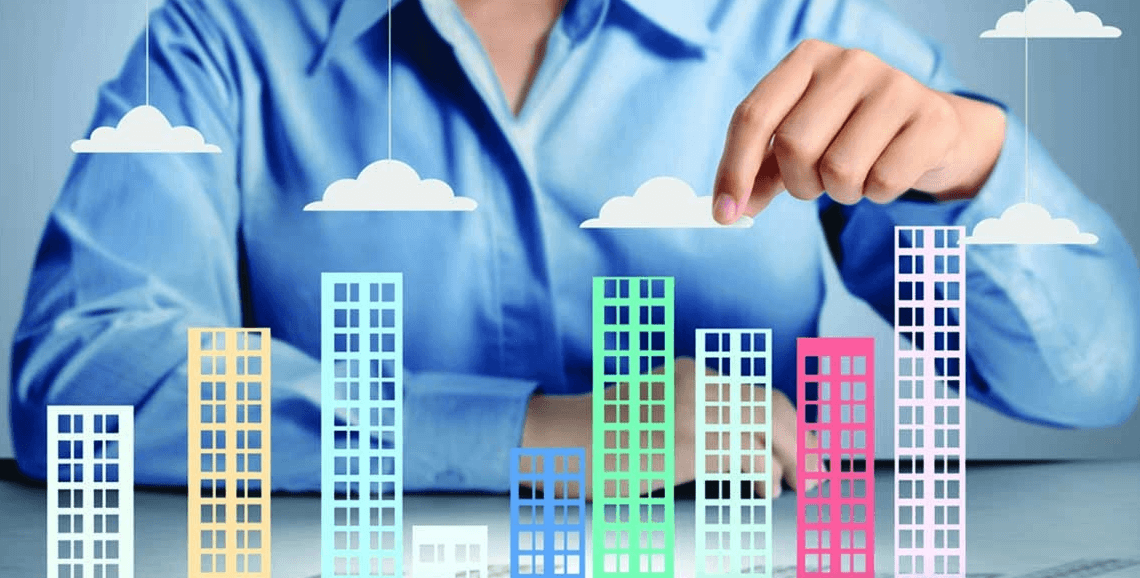Introduction
As environmental awareness continues to shape the future of real estate, low-impact developers are carving out a vital role by creating projects that prioritize harmony with nature. Their work emphasizes careful planning, resource efficiency, and eco-conscious design strategies that minimize disruption to the environment while still delivering functional and modern spaces. By focusing on long-term stewardship rather than short-term gains, low-impact developers are redefining how communities can grow responsibly.
Low-impact developers approach projects with a commitment to preserving the natural landscape and reducing ecological footprints. Unlike conventional developments that often alter environments dramatically, low-impact projects are carefully designed to work with the land rather than against it. This might involve preserving existing vegetation, integrating natural water features, or designing structures that adapt to the contours of the terrain. By doing so, these developers maintain the character and health of the surrounding ecosystem.
A key element of low-impact development is the use of sustainable construction methods and materials. Developers often rely on recycled, locally sourced, and non-toxic materials to reduce environmental harm. Buildings are designed with smaller footprints, efficient layouts, and passive strategies that maximize natural ventilation and daylight. These choices not only minimize environmental damage but also enhance the comfort and well-being of residents.
Stormwater management is another defining feature of low-impact projects. Developers incorporate permeable pavements, rain gardens, and bioswales to allow water to filter naturally back into the soil rather than overwhelming drainage systems. This approach reduces flooding risks, replenishes groundwater supplies, and ensures that local ecosystems remain balanced.
Community planning is also central to the philosophy of low-impact developers. Walkable neighborhoods, cycling paths, and accessible public spaces reduce reliance on cars and encourage healthier, more sustainable lifestyles. Green spaces, community gardens, and conservation zones are often integrated into projects, promoting biodiversity and enhancing the overall quality of life for residents.
From an investment perspective, low-impact developments are increasingly valued as buyers and governments prioritize sustainability. These projects often benefit from regulatory incentives, lower operating costs, and growing demand from eco-conscious homeowners and investors. Their ability to combine environmental responsibility with livability ensures they remain relevant in a rapidly changing market.
Conclusion
Low-impact developers are setting a new standard for responsible growth by proving that development and environmental protection can go hand in hand. Through sustainable design, resource conservation, and thoughtful planning, they create projects that protect ecosystems while offering modern, livable spaces. As global priorities shift toward sustainability, low-impact developers will continue to play a vital role in building communities that respect both people and the planet.




